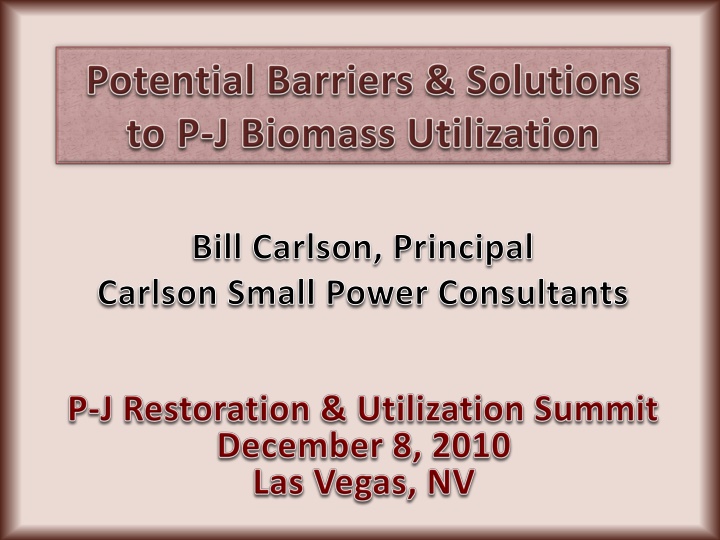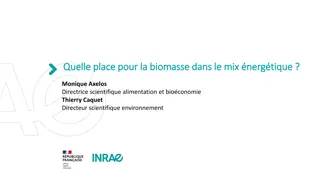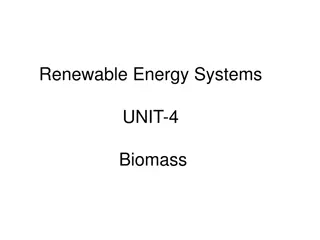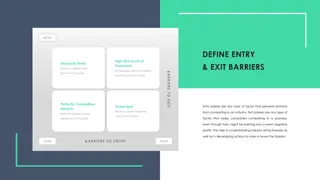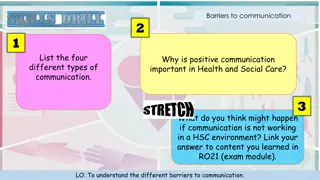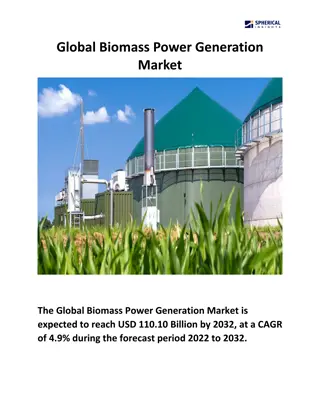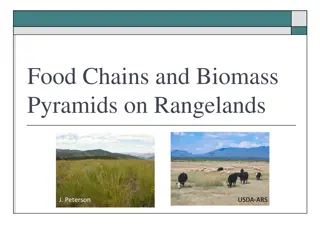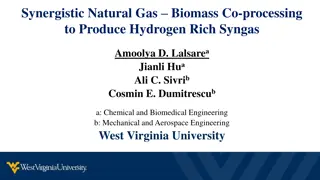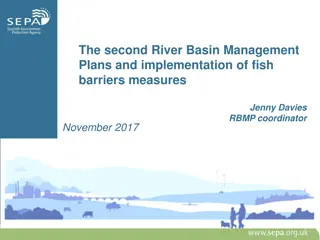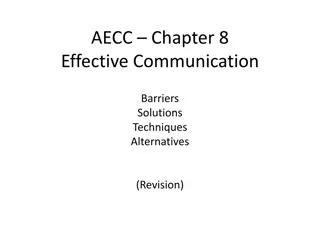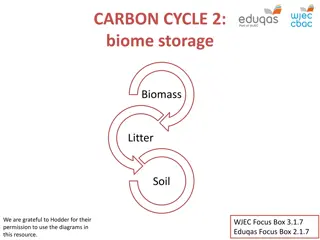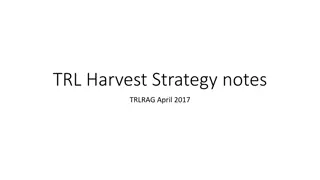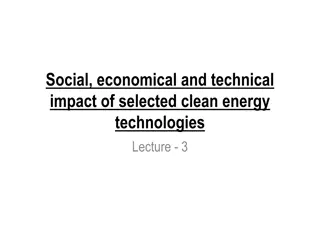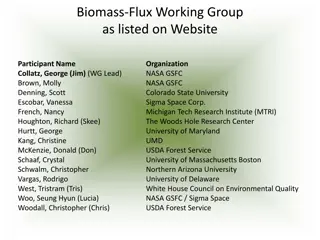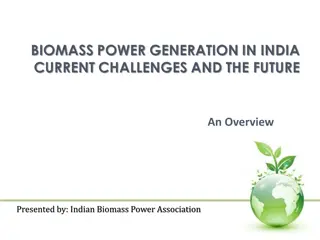Insights into Overcoming Barriers in Biomass Power Market
Discover the challenges and solutions in the biomass power market with a focus on building a base market, engaging local utilities, and evolving resource offerings for long-term success.
Uploaded on Mar 11, 2025 | 0 Views
Download Presentation

Please find below an Image/Link to download the presentation.
The content on the website is provided AS IS for your information and personal use only. It may not be sold, licensed, or shared on other websites without obtaining consent from the author.If you encounter any issues during the download, it is possible that the publisher has removed the file from their server.
You are allowed to download the files provided on this website for personal or commercial use, subject to the condition that they are used lawfully. All files are the property of their respective owners.
The content on the website is provided AS IS for your information and personal use only. It may not be sold, licensed, or shared on other websites without obtaining consent from the author.
E N D
Presentation Transcript
Bill Carlson, Principal Carlson Small Power Consultants
Barrier No. 1 Current markets for P-J removal are sporadic, low volume, low value Build a base market with a guaranteed revenue stream over long period utilizing biomass power or CHP Source: nationalatlas.gov
Barrier No. 2 Publicly owned utilities in P-J region do not represent ready market for output due to small size, low bulk power cost, no RPS requirement Use local utility, not as purchaser, but to move power to NV Energy Local utility recognizes line loss savings, reliable nature of biomass Local utility recognizes economic development potential
Barrier No. 3 Even delivered to NV Energy, value of power under Nevada s Renewable Portfolio Standard may not move project forward Similar to solar carve-out in RPS, establish recognition for biomass from P-J. Recognize biomass thermal use within both RPS and Portfolio Energy Credit (PEC) programs
Barrier No. 4 Do not want to miss future higher valued uses by locking in low value, but guaranteed, long term use Resource offering could include flexibility to expand as other markets develop, with higher returns to landowner from expanded acreage Develop flexibility in power sales contract via high on peak/low off peak values for power
Barrier No. 5 A small standalone biomass power facility is more expensive, less efficient Find or plan for a sizeable thermal host for facility Mining industry for ore roasting Nevada State Prison at Ely Anchor for green industrial park Obtain RPS Credit for thermal portion as well as electrical
Barrier No. 6 Resource offering too small to develop plant large enough to compete in electric marketplace Coordinated agency response with landscape level approach Develop similar model program for private landowners Above all, recognize this may be opportunity to lower cost/expand scope when designing offering
Barrier No. 7 Current resource offering tools too short in duration to minimize cost for developer Need special 20 year authority to allow developer debt service to match power contract length
Barrier No. 8 Homework Assignment- Extra Credit Biomass power or CHP not fully recognized at federal level In reauthorization of incentives, give biomass full production tax credit Be sure biomass definition in federal RPS allows P-J activity to count Allow thermal credit to count in federal RPS
